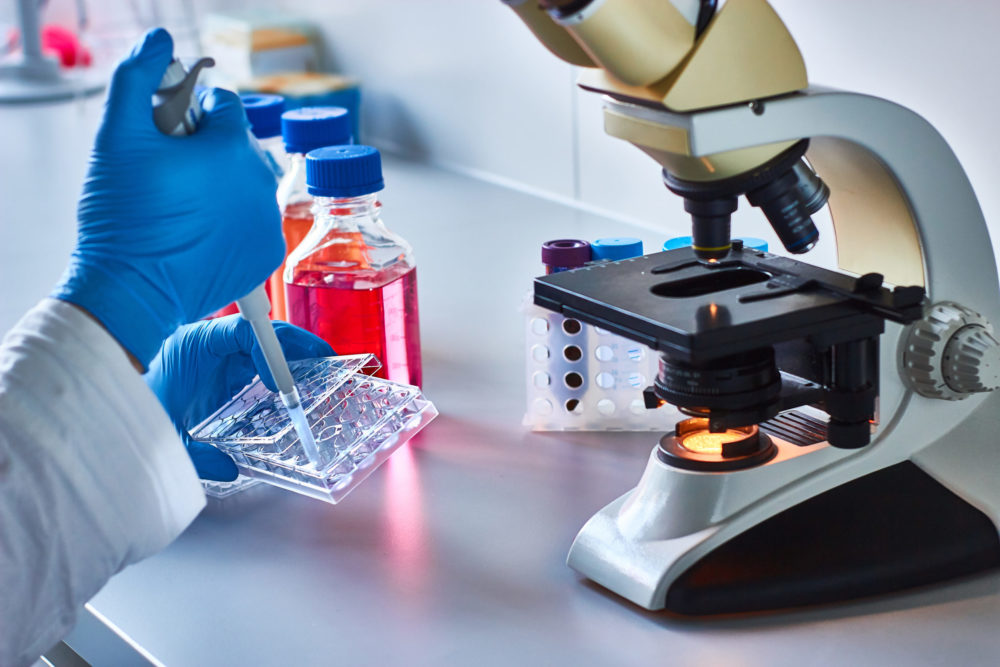Controversial Crispr Gene-Editing Can Damage Embryo DNA: Study

New research raises serious concerns about problems with Crispr gene-editing, which has been touted as a scientific breackthrough that can change genetic codes. However, a study published last week finds that it may also cause serious damage to DNA.
Crispr Cas-9 is a gene-editing tool that can help repair mutations in the genome of embryos. Two female scientists recently won the Nobel Prize in Chemistry for their Crispr work.
In a report published in the medical journal Cell on October 29, researchers from Genomic Prediction, Inc. and the Columbia University Stem Cell Initiative indicate that the corrections made by Crispr can also lead to serious changes or deletions to the genome.

Did You Know?
Millions of Philips CPAP Machines Recalled
Philips DreamStation, CPAP and BiPAP machines sold in recent years may pose a risk of cancer, lung damage and other injuries.
Learn MoreUsing Crispr, researchers employ a chemical which can precisely cut and customize pieces of genetic material, such as human DNA. It can focus on specific regions of the genome and snip it in two. The cells then focus on healing the cut, sometimes using nearby DNA as a template. Researchers can then splice in a template, hoping the cell will incorporate the intended change leading to repairs in the DNA.
The science is heralded as a breakthrough.
The new research focused on a mutation that causes hereditary blindness and affects a different part of the genome. In about half the embryos the DNA adapted and repaired.
The other half, however, were unable to cope with the trauma of the cut and the damaged genome failed to heal. The cells could not heal and tore off, shedding large pieces of the chromosome that contained the mutated gene. In some cells the entire chromosome was lost.
Instead of leading the cell to fix the problem, Crispr created irreparable holes in the cell’s DNA. Researchers said this can lead to serious side effects in the cells of human embryos.
“We show that the most common repair outcome is microhomology-mediated end joining, which occurs during the first cell cycle in the zygote, leading to embryos with non-mosaic restoration of the reading frame,” they wrote. “Notably, about half of the breaks remain unrepaired, resulting in an undetectable paternal allele and, after mitosis, loss of one or both chromosomal arms.”
While Crispr has the potential to reduce the burden of inherited genetic disorders and improve fertility treatments for couples, the potential problems linked to Crispr currently make it a risk.
In 2018, researchers used the technology to create the first gene-edited infants. This led to an international controversy, and the doctor was found guilty of conducting illegal medial practices in China and sentenced to three years in prison.
Researchers warn it is too soon to apply Crispr to reproductive genetics. Changes made to eggs, sperm and embryos can be passed to future generations increasing the risk of mistakes and perhaps changing the whole chromosome.
Scientists have attempted genome editing for decades, but Crispr can accomplish this more precisely than other ways. However, more complex research is needed to determine what is happening when the genome does not repair itself and how to approach or fix those holes, researchers say.
Get more articles like this sent directly to your inbox.
"*" indicates required fields




0 Comments